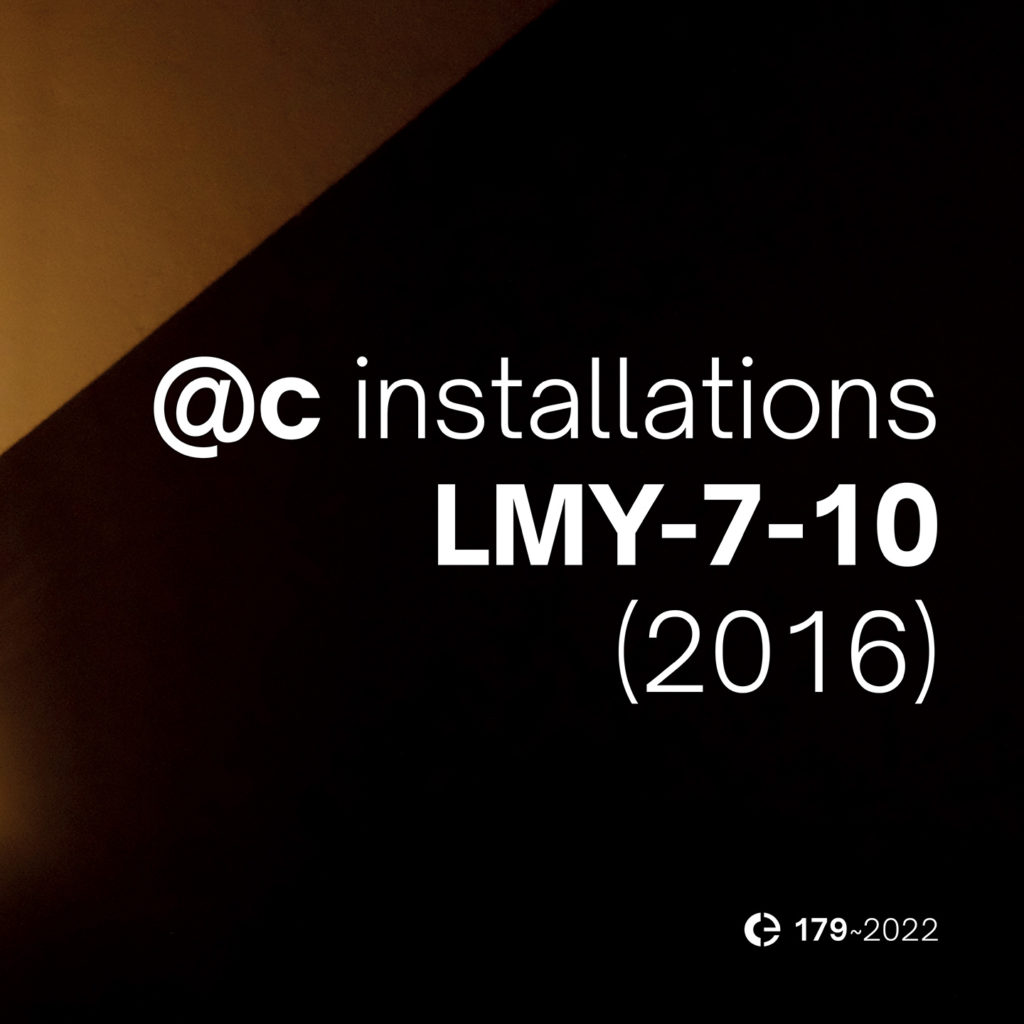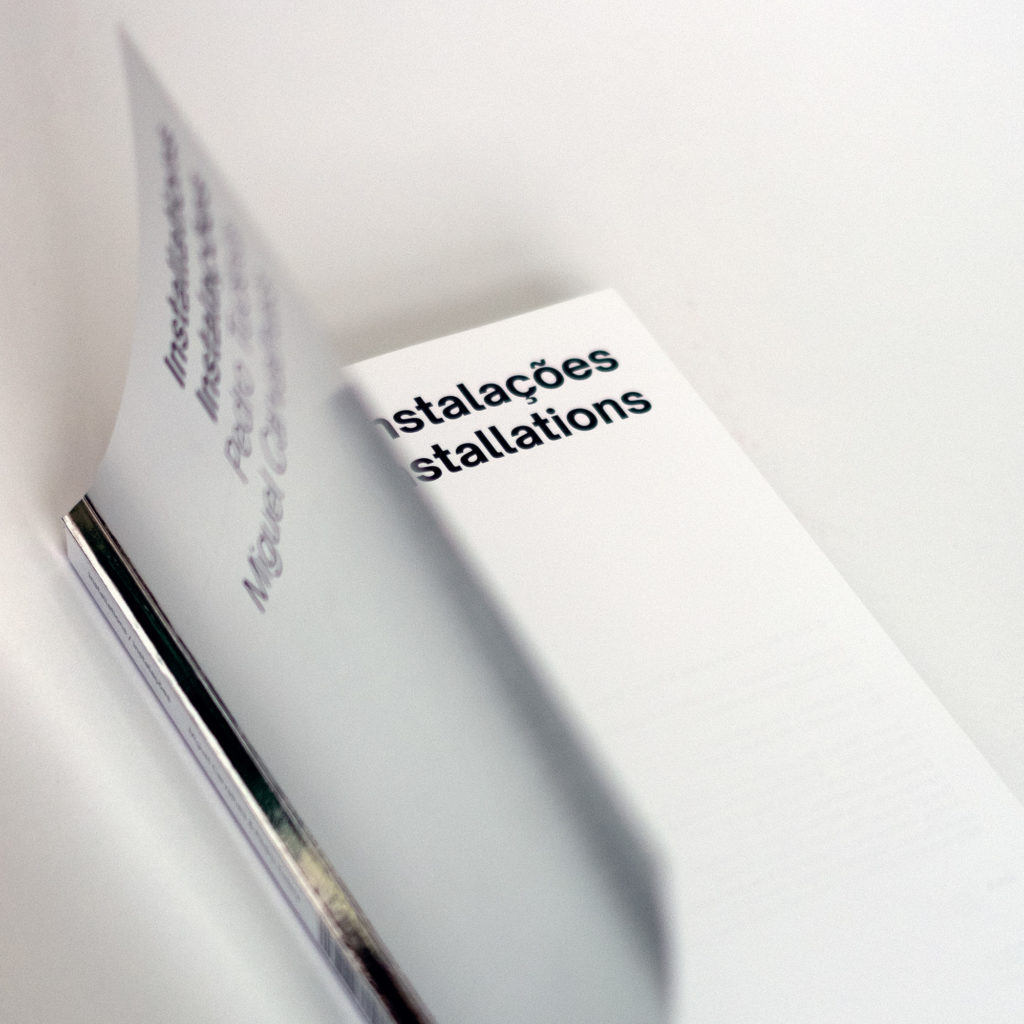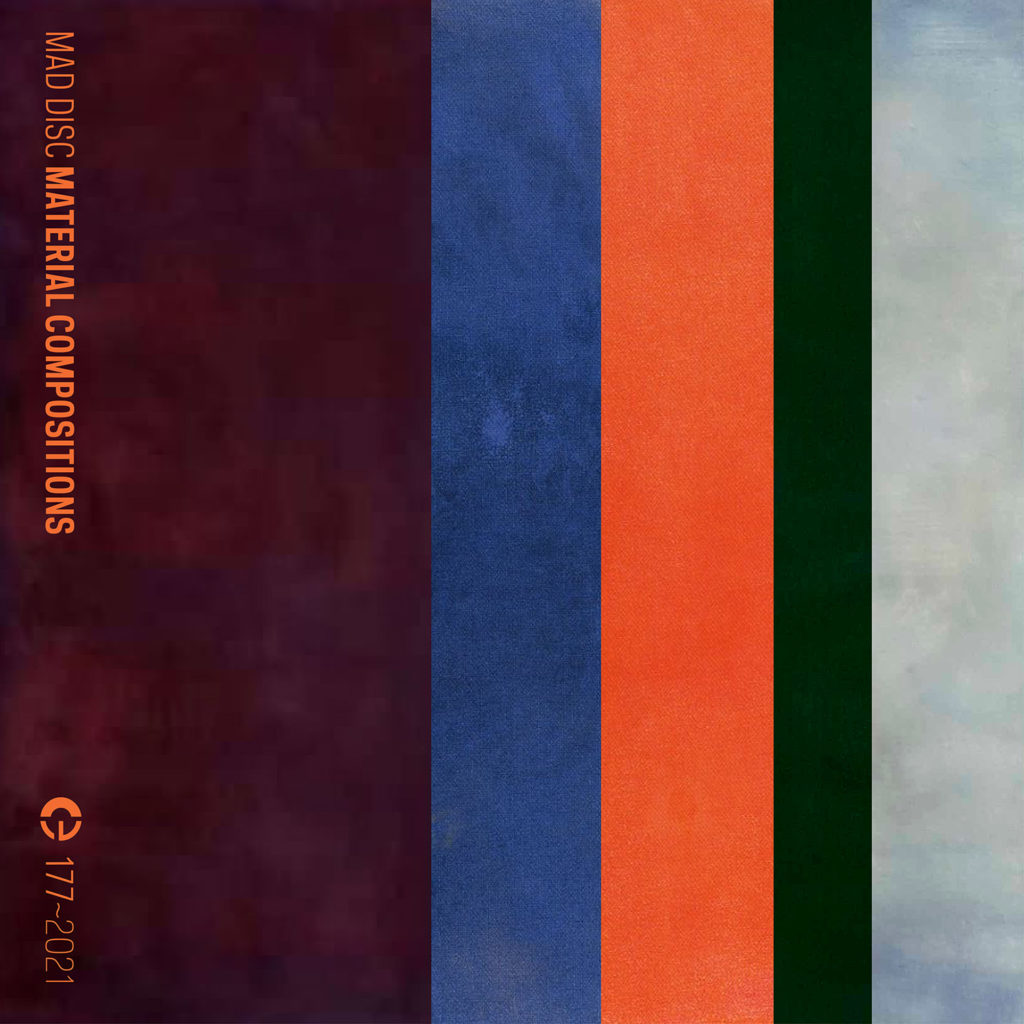
Crónica’s first release for 2022 continues @c’s Installations series. “LMY-7-10” was created after the installation of the same title commissioned by the Serralves Foundation for the festival Serralves em Festa and curated by Pedro Rocha.
In two spaces contiguous to the Chapel in Serralves — the stairs of its tower and the room adjacent to the choir — the objects designed for this installation explored the space’s architecture and enticed its exploration by visitors, creating an immersive infrastructure for the diffusion of sound. The piece was structured along the two perpendicular axes of the space: the vertical tower and the horizontal room. The tower was kept dark, with the only lights attached to the speakers along the staircase. The room had a big circular window that allowed daylight in and created a continuous variation of illumination. The two spaces bled onto each other. They were two parts that balanced the listening experience and were unified by timbre, with the entire piece created from recordings of harp performed by Angelica Salvi.
This work was inspired by two of LaMonte Young’s pieces from 1960: Composition 1960 #7 and Composition 1960 #10 (“to Bob Morris”), two works that can be read more like instructions than scores, as essays on stasis and on its impossibility in a permanently changing world.
The Installations series was started with “Seis Elementos” in 2021, and will document Pedro Tudela and Miguel Carvalhais’s installations, a series of works that is also the focus of the upcoming book “Installations / Instalações”, to be released in February and already available to preorder.

“LMY-7-10” is now available to stream or download from the usual platforms and from Crónica’s bandcamp.









